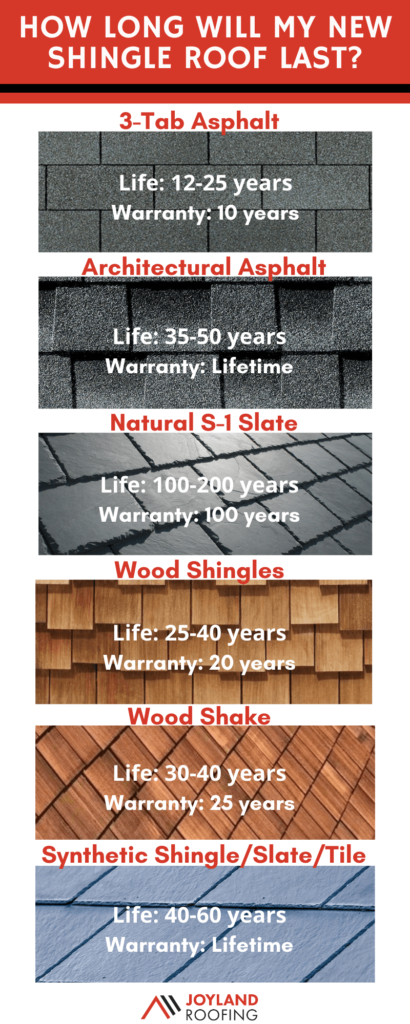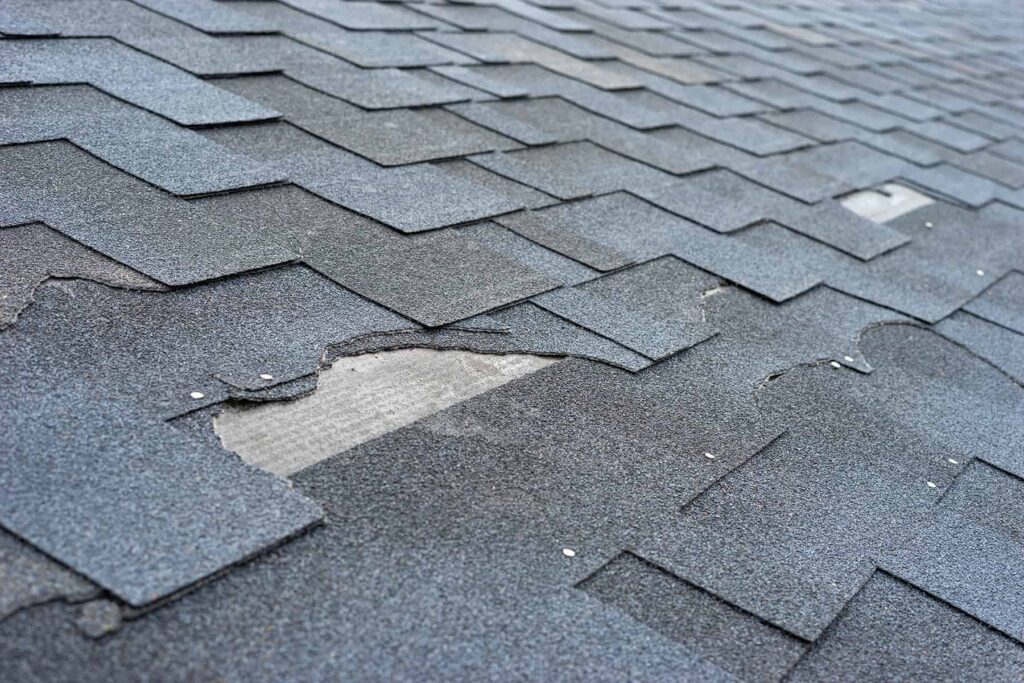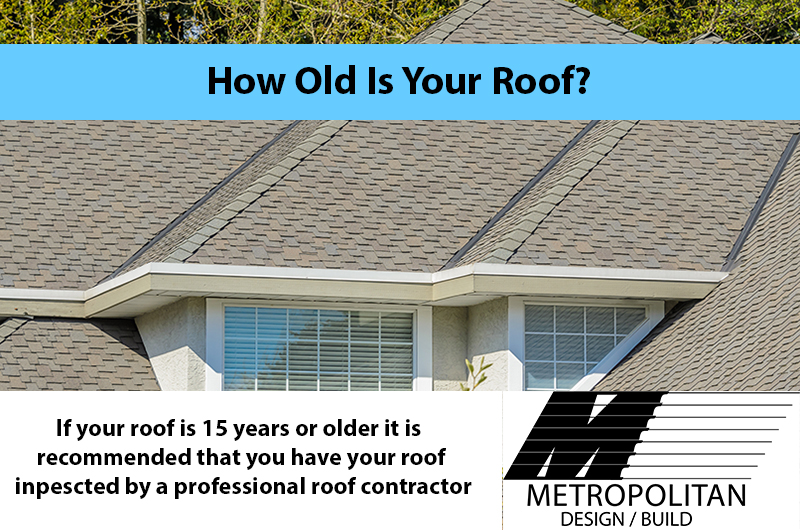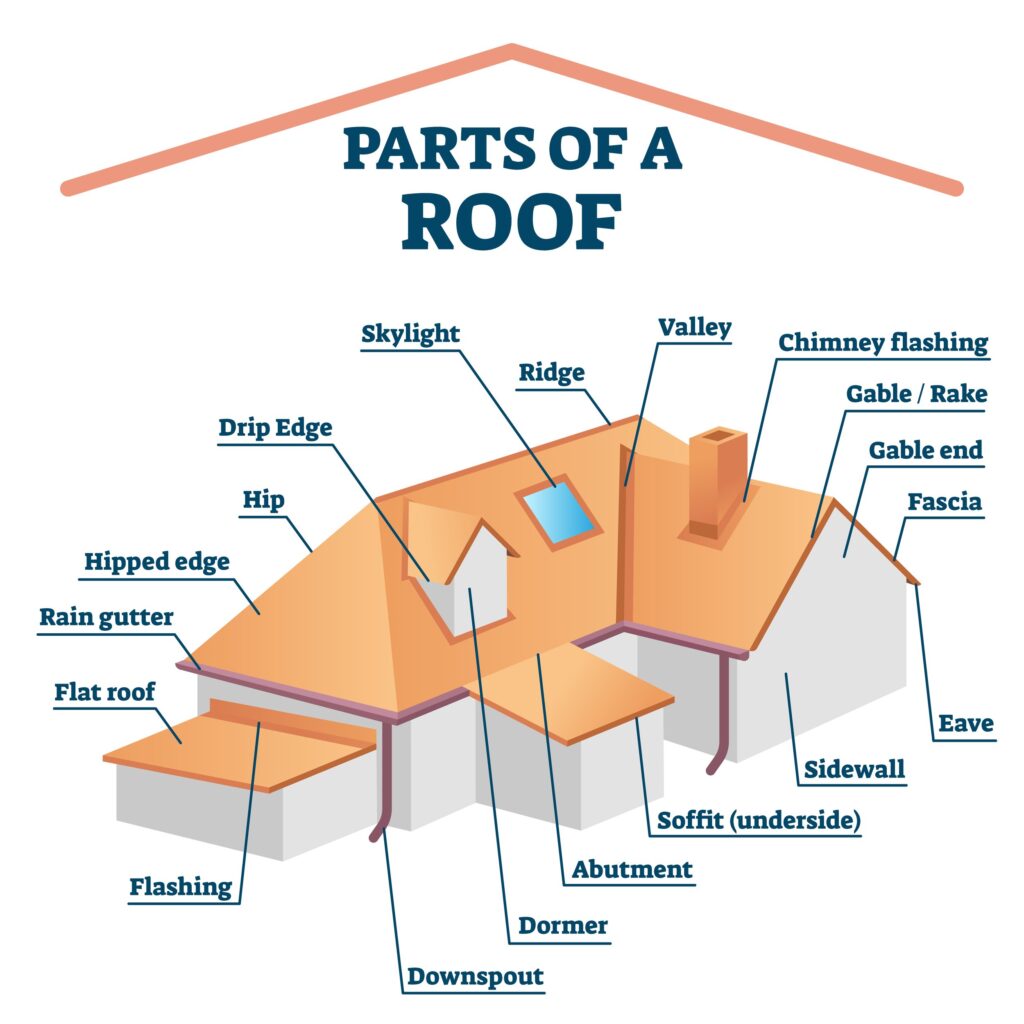Curious about the lifespan of your roof? Wonder no more! In this article, we’ll explore the fascinating question of how long a roof can endure before needing repairs or replacement. Whether you’re a homeowner or simply interested in the world of roofing, sit back, relax, and get ready to crack the code on this enduring mystery!


Factors Affecting Roof Lifespan
Climate
The climate in which you live significantly impacts the lifespan of your roof. Extreme weather conditions such as high temperatures, heavy rainfall, strong winds, and hailstorms can cause damage to your roof over time. For example, in areas with hot and sunny weather, the UV rays from the sun can degrade roofing materials more quickly. On the other hand, regions prone to heavy rainfall can lead to water damage and leaks if the roof is not properly installed or maintained.
Roof Material
The type of material used for your roof plays a crucial role in determining its lifespan. Different roofing materials have varying durability and resistance to the elements. For example, asphalt shingles, one of the most common roofing materials, typically have a lifespan of 20 to 30 years. Metal roofs, on the other hand, can last 40 to 70 years or more, depending on the type of metal used.
Installation Quality
The quality of the roof installation is another important factor that affects its lifespan. A poorly installed roof may not be able to withstand the elements or perform as intended. It is essential to hire a professional roofing contractor with the necessary skills and experience to ensure that the roof is installed correctly. Proper installation techniques and attention to detail can significantly prolong the life of your roof.
Maintenance
Regular maintenance is key to extending the lifespan of your roof. Routine inspections, cleaning, and repairs can help identify and address any issues before they worsen. Regular maintenance tasks include gutter cleaning, removing debris, and ensuring proper ventilation. Neglecting these maintenance tasks can lead to premature roof failure and costly repairs. By investing time and effort into regular maintenance, you can significantly increase the lifespan of your roof.
Different Types of Roofing Materials
Asphalt Shingles
Asphalt shingles are the most commonly used roofing material due to their affordability and ease of installation. They are available in two types: organic and fiberglass. Organic asphalt shingles have a shorter lifespan of around 20 years, while fiberglass shingles can last between 25 to 30 years. They are available in a variety of colors and styles, making them a popular choice for homeowners.
Metal
Metal roofs have gained popularity in recent years due to their durability and energy efficiency. They are available in various materials such as steel, aluminum, and copper. Metal roofs can last between 40 to 70 years, depending on the material and proper maintenance. They are resistant to fire, insects, and rot, making them a long-lasting option for homeowners.
Wood
Wood shingles or shakes provide a traditional and natural look to a home. They are typically made from cedar or redwood and can last between 20 to 25 years with proper maintenance. However, wood roofing requires regular inspections for rot, insect damage, and moss or algae growth, as they are more prone to these issues compared to other roofing materials.
Tile
Tile roofs are known for their durability and aesthetic appeal. Made from materials such as clay or concrete, tile roofs can last between 50 to 100 years or more. They provide excellent protection against fire and are resistant to rot and insect damage. However, tile roofs are heavy and require proper structural support during installation.
Slate
Slate roofs are known for their elegance and exceptional longevity. Natural slate can last for over 100 years or even centuries with proper maintenance. However, slate roofs are expensive and require specialized installation due to their weight. They are fire resistant and offer excellent durability, making them suitable for historic or high-end homes.


Typical Lifespan of Different Roofing Materials
Asphalt Shingles
Asphalt shingles, the most common roofing material, have an average lifespan of 20 to 30 years. However, the lifespan can vary based on factors such as climate, installation quality, and maintenance. Regular inspections and prompt repairs can help maximize the lifespan of asphalt shingles.
Metal
Metal roofs have a longer lifespan compared to asphalt shingles, typically lasting between 40 to 70 years or more. Their durability and resistance to harsh weather conditions contribute to their longer lifespan. Regular maintenance, such as removing debris and inspecting for any damage, can further extend their lifespan.
Wood
Wood shingles or shakes have an average lifespan of 20 to 25 years with proper maintenance. However, their lifespan can be significantly reduced if not properly maintained. Periodic inspections to check for rot or insect damage, along with routine maintenance tasks, can help ensure the longevity of wood roofing.
Tile
Tile roofs are known for their exceptional durability and can last between 50 to 100 years or even longer. However, the lifespan of tile roofs can be affected by factors such as the quality of installation, maintenance, and the type of tile used. Regular inspections and repairs contribute to the longevity of tile roofs.
Slate
Slate roofs have the longest lifespan out of all roofing materials. Natural slate can last for over 100 years or even centuries with proper maintenance. Their durability, fire resistance, and timeless aesthetic make them a worthwhile investment for homeowners looking for long-term roofing solutions.
Signs of Roof Aging and Damage
Curling Shingles
Curling shingles, whether they are asphalt, wood, or other materials, indicate roof aging and damage. Shingles can curl due to moisture absorption, sun exposure, or improper installation. Curled shingles are more susceptible to leaks and may need to be replaced.
Missing Shingles
Missing shingles create vulnerable spots on the roof and expose it to potential water damage. High winds, storms, and improper installation can cause shingles to become dislodged or blown off. It is important to replace missing shingles promptly to prevent further damage to the roof structure.
Leaks
Roof leaks are a clear sign of roof damage and aging. Water stains on ceilings or walls, dampness in the attic, or visible water dripping during rainfall indicate the need for immediate attention. Leaks can result from damaged or worn-out roofing materials, inadequate flashing, or improper installation.
Sagging
A sagging roof is a serious issue that demands immediate professional inspection and repair. It could indicate structural damage or a compromised roof support system. Roof sagging can be caused by excessive weight, water damage, or poor construction.
Rot or Mold
The presence of rot or mold on the roof indicates moisture-related issues. Rotting wood or mold growth can result from prolonged water exposure, poor ventilation, or ineffective insulation. These issues should be addressed promptly to prevent further damage and protect the structural integrity of the roof.


Extending the Lifespan of Your Roof
Regular Inspections
Regular roof inspections by a professional roofing contractor can help identify early signs of damage or aging. Inspections should be performed at least once a year, as well as after severe weather events. Prompt detection of problems allows for timely repairs, preventing them from worsening and extending the overall lifespan of the roof.
Gutter Cleaning
Regularly cleaning your gutters is crucial to prevent water buildup, which can lead to roof damage and leaks. Clogged gutters can cause water to overflow and accumulate on the roof, potentially damaging the roofing materials. Cleaning the gutters and ensuring proper drainage can help prolong the life of your roof.
Trimming Overhanging Trees
Trees with branches hanging over the roof pose a risk of damage. Falling branches, leaves, or debris can scratch or puncture the roof surface, leading to leaks and other issues. Regularly trimming overhanging branches helps prevent this damage and keeps the roof free from excess debris.
Prompt Repairs
Addressing roof issues promptly is essential to prevent them from escalating and causing further damage. Whether it is replacing missing shingles, sealing leaks, or fixing damaged flashing, timely repairs can significantly extend the lifespan of your roof. Ignoring minor problems can lead to more extensive damage and costly repairs in the future.
Factors to Consider when Replacing a Roof
Cost
Replacing a roof is a significant investment, so the cost is an important consideration. The total cost will depend on various factors, including the size of the roof, the chosen roofing material, and the complexity of the installation. It is advisable to obtain multiple quotes from reputable roofing contractors to compare prices and make an informed decision.
Roofing Material Selection
Choosing the right roofing material is crucial when replacing a roof. Consider factors such as durability, lifespan, energy efficiency, and aesthetic appeal. Research the pros and cons of different materials to find the one that best suits your needs, budget, and the climate in which you live.
Contractor Selection
Hiring a reputable and experienced roofing contractor is essential for a successful roof replacement. Look for contractors with proper licenses, insurance, and a solid reputation in the industry. Ask for references and check online reviews to ensure you are choosing a reliable contractor who will deliver quality workmanship.
Permits and Regulations
Before replacing your roof, check with your local authorities regarding any necessary permits or regulations. Depending on your location, you may need to obtain permits for the roofing project. Failing to comply with local regulations can result in fines or complications when selling your property in the future.


Roof Maintenance and Repair Tips
Cleaning Gutters
Regularly cleaning your gutters helps prevent water backup and potential roof damage. Remove leaves, debris, and other materials that can clog the gutters and hinder proper water flow. Ensure that the gutters are securely attached and free from any damage.
Replacing Damaged Shingles
If you notice curled, cracked, or missing shingles, they should be promptly replaced to prevent further damage. Carefully remove the damaged shingle and install a new one according to the manufacturer’s instructions. Ensure proper alignment and fastening to maintain the integrity of the roof.
Sealing Leaks
Addressing roof leaks promptly is essential to prevent water damage to the structure of your home. Locate the source of the leak and seal it using appropriate roofing sealants or flashing materials. If the leak persists or is extensive, it is advisable to consult a professional roofing contractor.
Preventing Ice Dams
Ice dams can occur in colder climates when snow on the roof melts and refreezes near the edges, causing water to back up under the shingles. This can lead to leaks and water damage. Prevent ice dams by ensuring proper attic insulation, ventilation, and installing ice and water shield underlayment.
Trimming Overhanging Trees
Regularly trim branches that hang over your roof to prevent them from scratching or puncturing the roofing materials. Falling leaves, branches, or debris can also clog gutters and cause water backup. Keeping trees trimmed minimizes the risk of potential damage and helps maintain the overall health of your roof.
The Importance of Professional Roof Inspections
Frequency
Regular professional roof inspections are critical to identify any issues early on and prevent further damage. It is recommended to have your roof inspected at least once a year, as well as after severe weather events or if you suspect any damage. By catching and addressing problems early, you can avoid costly repairs or premature roof replacement.
Benefits
Professional roof inspections offer several benefits. They help identify minor issues before they become major problems, saving you money in the long run. Inspections can also ensure that your roof is in compliance with local building codes and regulations. Moreover, regular inspections provide peace of mind, knowing that your roof is in good condition and protecting your home.


When to Replace Your Roof
Lifespan Expiration
The average lifespan of most roofing materials serves as a guideline for determining when a roof should be replaced. If your roof has reached or exceeded its expected lifespan, it is advisable to consider a replacement. However, factors such as maintenance and the presence of any significant damage may influence the decision to replace the roof earlier.
Excessive Damage
Severe damage, such as extensive leaks, rot, or sagging, may necessitate a roof replacement. If the damage is widespread and compromises the structural integrity of the roof, repairs alone may not suffice. Consulting with a professional roofing contractor can help assess the extent of the damage and determine the best course of action.
Safety Concerns
If your roof poses a safety risk due to structural issues, it should be replaced immediately. A sagging roof, crumbling materials, or a roof that no longer provides adequate protection against the elements should not be ignored. Ensuring the safety of your family and your home should be the top priority.
Conclusion
The lifespan of your roof is influenced by various factors, including climate, roofing material, installation quality, and maintenance. Understanding these factors and taking appropriate measures to protect and maintain your roof can significantly extend its lifespan. Regular inspections, timely repairs, and proper maintenance are key to ensuring that your roof remains in good condition. When it is time for a replacement, consider the cost, choose the right roofing material, and hire a reputable contractor. By following these guidelines and taking care of your roof, you can enjoy a long-lasting and reliable roofing system for years to come.







